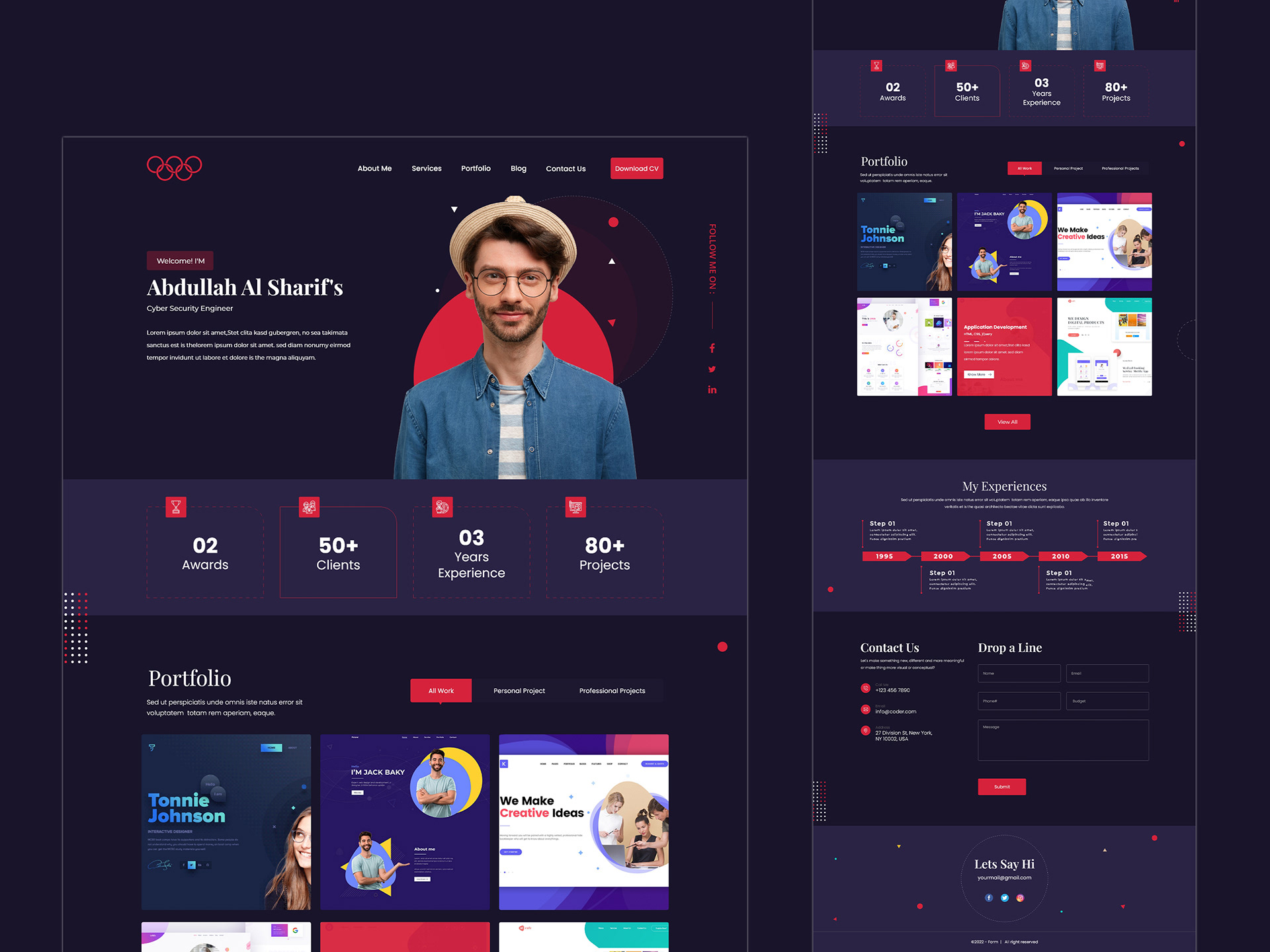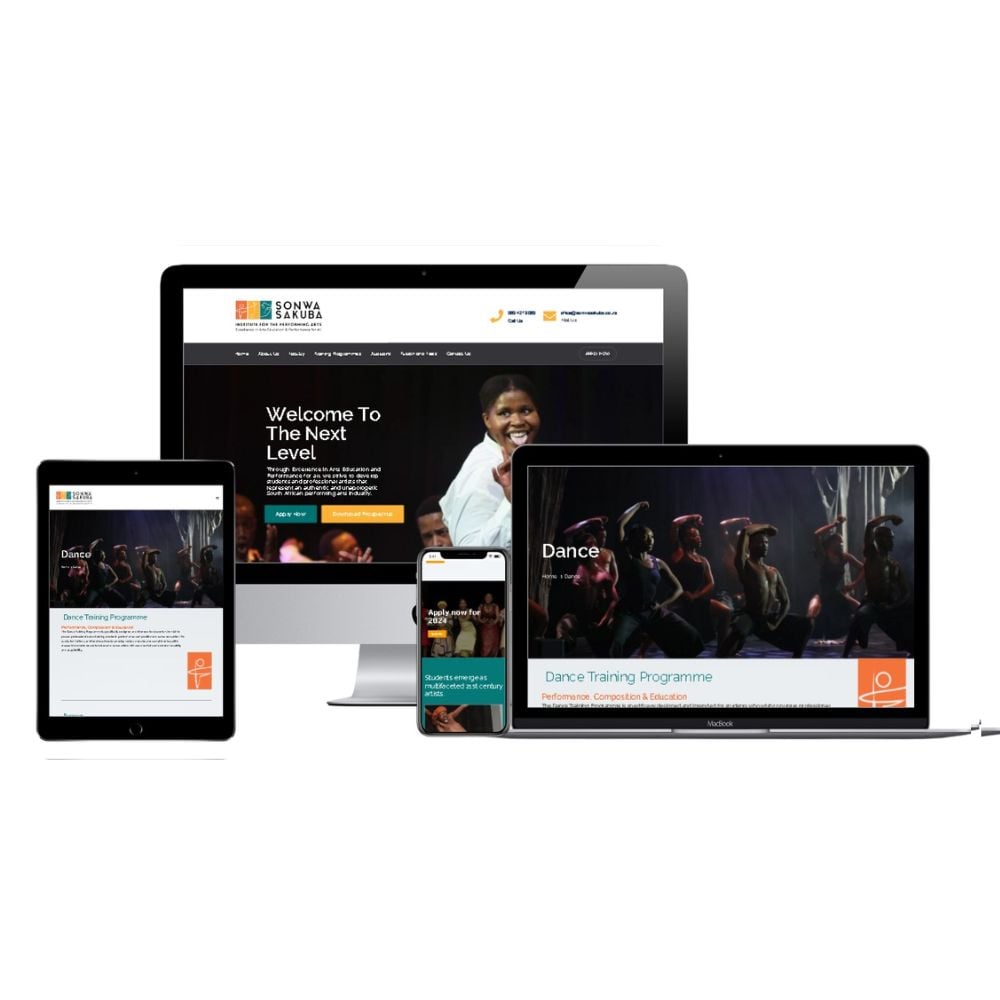How a Clean and Simple Website Design Can Enhance Your Site’s Usability
How a Clean and Simple Website Design Can Enhance Your Site’s Usability
Blog Article
The Ultimate Overview to Modern Website Style Trends
In the ever-evolving electronic landscape, contemporary site style trends play a vital duty in forming user experience and interaction. From the surge of minimalist style principles that prioritize simplicity to the influence of strong typography in specifying brand name identity, each component contributes to a natural online presence.
Minimalist Style Principles
Minimalist style principles emphasize the concept that less is much more, supporting for simpleness and functionality in aesthetic interaction. This method remove unneeded components, focusing rather on essential components that share the desired message efficiently. By prioritizing quality, minimal style boosts user experience, allowing visitors to browse websites effortlessly.
Core tenets of minimalist design include the usage of ample white space, which creates a sense of equilibrium and company. This adverse room not only directs the customer's focus to crucial elements yet likewise fosters a calming visual atmosphere. In addition, a minimal color palette is often employed, using monochromatic plans or soft hues to preserve visual cohesion and stop frustrating the user.
Typography plays an essential duty in minimal layout, where legible fonts are selected for their simpleness and efficiency in communicating material. Images and graphics are utilized moderately, ensuring that they offer an objective as opposed to distract from the overall message. Eventually, minimalist style concepts cultivate a concentrated atmosphere that motivates users to engage with the material, enhancing the overall performance of modern web site layout. This pattern reflects a growing appreciation for thoughtful, user-centric aesthetics in electronic areas.
Bold Typography Selections
Accepting vibrant typography selections has come to be a specifying characteristic of modern internet site style, as it efficiently records focus and communicates solid messaging. Designers are significantly utilizing typography not simply as a functional element however as a vital aesthetic component that boosts the total visual and user experience.

In addition, the association of bold typography with minimal layout principles enables for striking contrasts, boosting readability while keeping visual allure. The usage of whitespace around bold message even more highlights its value, making certain that the message reverberates with the target market.
As electronic landscapes come to be much more affordable, leveraging vibrant typography allows brand names to separate themselves and leave a lasting perception. The cautious choice of typefaces and their application can evoke feelings, establish tone, and drive activity, making bold typography a vital device in modern internet site design. Inevitably, it is an effective means to enhance narration and guarantee that vital messages are not only seen however likewise really felt.
Receptive and Mobile-first Layout
Mobile-first and responsive design has arised as a vital concept in contemporary website growth, mirroring the enhancing reliance on smart phones for accessing online material. As customer behavior shifts in the direction of mobile surfing, developers need to focus on developing experiences that adjust flawlessly across various display dimensions and resolutions.
A receptive style ensures that an internet site instantly readjusts its layout, pictures, and performance based upon the gadget being used. This strategy enhances customer experience by supplying consistent navigating and readability, irrespective of whether the site visitor gets on a mobile phone, desktop computer, or tablet computer computer. Mobile-first style advocates for creating sites initially for smaller sized screens, consequently scaling up to bigger display screens. This method urges a much more structured and efficient design process, focusing on essential material and capability first.
Executing mobile-first and responsive principles not only provides to individual choices yet also lines up with search engine optimization (SEO) techniques. Major online search engine, like Google, focus on mobile-friendly sites in their positions, making it vital for organizations to embrace these design techniques. In an affordable electronic landscape, accepting mobile-first and responsive layout is not simply an alternative; it is vital for ensuring ease of access and interaction with a varied target market.
Engaging Microinteractions
Microinteractions play a pivotal role in improving customer involvement and total site experience, specifically in the context of mobile-first and responsive style. These refined design aspects give prompt feedback to individuals, making interactions much more intuitive and pleasurable. Instances consist of switch animations, notice informs, and packing indications, which not only overview users but also create a feeling of link with the user interface.
Integrating interesting microinteractions can significantly improve usability by minimizing cognitive check this site out lots. When individuals get aesthetic or acoustic comments upon carrying out activities, such as clicking a switch or submitting a kind, they really feel much more certain in their options. This promotes a smoother navigation experience, inevitably increasing user retention.

As website style patterns remain to evolve, the relevance of microinteractions can not be overemphasized. They work as the subtle yet powerful touchpoints that transform average communications into amazing experiences, thereby elevating the total efficiency of modern-day web style.
Lasting Internet Layout Practices
Sustainable website design methods are becoming significantly important as the digital landscape grows and ecological concerns increase. Designers and developers are identifying their duty to develop internet sites that not only offer individual demands but also decrease ecological influence. This approach includes numerous vital techniques.
Firstly, maximizing energy consumption is paramount. Internet sites need to be created to load rapidly and effectively, which lowers web server power use and improves user experience. Techniques such as photo compression, decreasing HTTP requests, and using modern-day coding methods contribute substantially to this goal.
Secondly, picking environment-friendly hosting suppliers is essential - website design. Numerous organizing companies are currently powered by renewable resource resources, enabling websites to this page run in a much more lasting manner. This choice shows a commitment to minimizing carbon impacts
In addition, adopting a minimal design can improve sustainability. Less elements on a web page lead to less data transfer, which not only quickens loading times however additionally saves sources.
Lastly, advertising electronic access makes certain that internet sites reach a wider target market without unneeded bloat, aligning individual experience with ecological responsibility. By integrating these lasting methods, internet developers can add positively to both individual engagement and the earth's wellness.
Conclusion
In this link summary, modern site design fads highlight the combination of minimal concepts, bold typography, and receptive layout to enhance user experience. Taking on these trends is important for developing impactful electronic experiences that resonate with users in a progressively affordable on-line landscape.
In the ever-evolving digital landscape, contemporary web site design patterns play a vital role in forming customer experience and interaction. By prioritizing clarity, minimal style improves customer experience, allowing site visitors to browse websites effortlessly.
Ultimately, minimal style principles cultivate a concentrated environment that motivates customers to engage with the material, enhancing the total efficiency of modern website style.Microinteractions play a critical role in boosting user interaction and general internet site experience, especially in the context of mobile-first and receptive style.In summary, contemporary website style fads stress the assimilation of minimal principles, vibrant typography, and responsive layout to enhance user experience.
Report this page